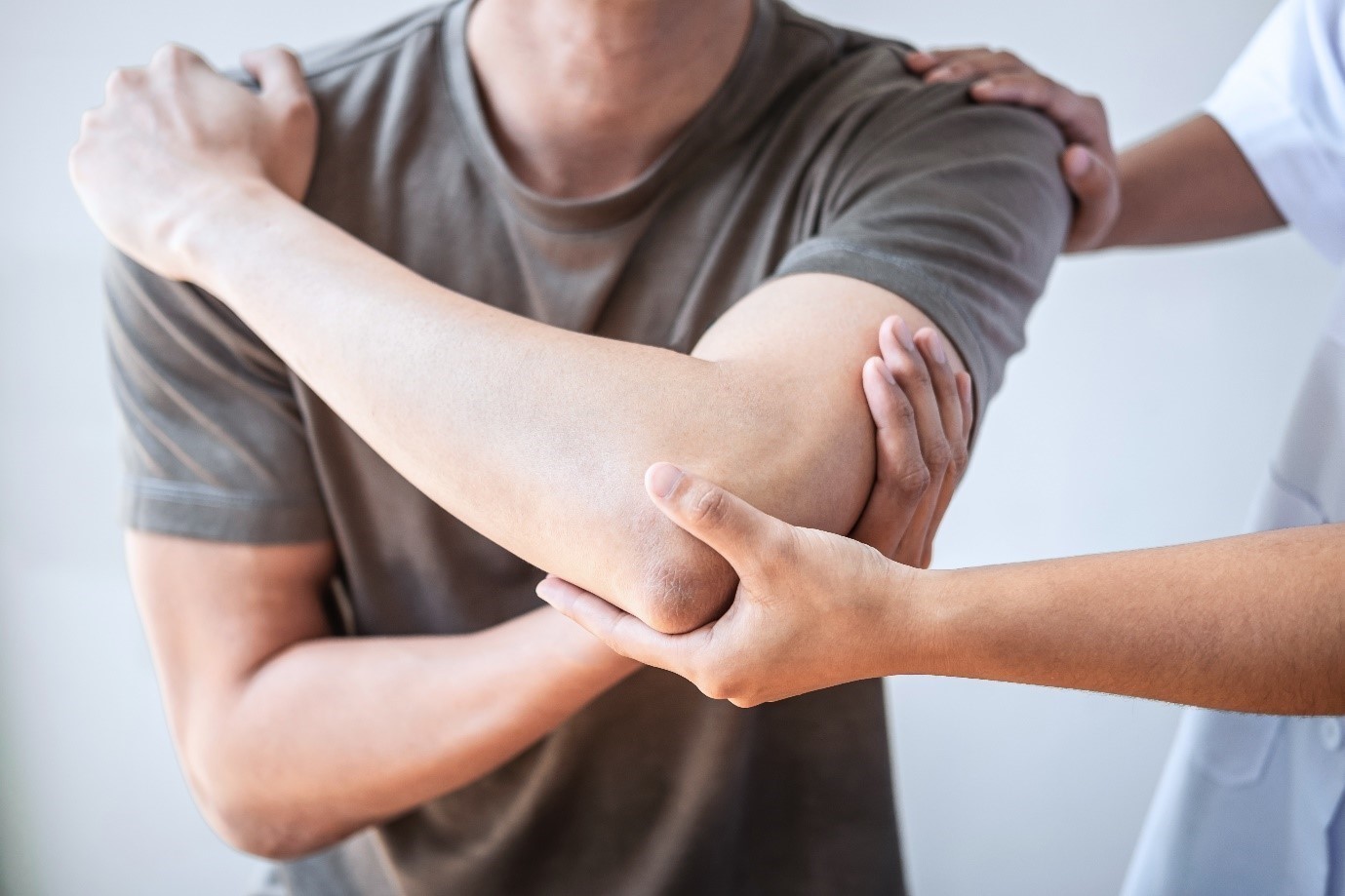Foosh or “Fall on outstretched Hand”, is a common injury caused when someone falls and lands on their hands on their lands, causing damage to the wrists, arm, or shoulder. These injuries can range from mild to severe, depending on the force of the fall and the way the hand is positioned upon impact.
Foosh injuries can happen in different situations, such as slipping on ice, tripping an object, while playing physical games, or falling from a height.
Types of Foosh injuries:
Fractures: one of the most often types of Foosh injuries is a fracture, which is a break in the bone. Fractures can happen in the wrist, forearm, or shoulder.
Sprains: Spain is known as an injury to a ligament, which is a connecting tissue between bones. Foosh injuries can cause sprains in the wrist or thumb.
Dislocations: Dislocation is defined as the ends of the bones being forced out of their actual positions.
Strains: Strain is an injury to a muscle or tendon, Which is a tissue that connects muscles to bones.
Tendon injuries: Tendons can also be injured in a Foosh incident leading to conditions like tendinitis or tenosynovitis.
Common Symptoms of FOOSH Injuries:
Recognizing the symptoms of FOOSH injuries is crucial for seeking prompt medical attention. Some of the telltale signs include:
- Pain and Swelling: Immediate pain and swelling in the wrist, hand, or forearm after the fall are typical indicators of a FOOSH injury.
- Limited Range of Motion: Difficulty moving the affected hand or wrist, accompanied by stiffness, may signal an injury that requires attention.
- Bruising and Discoloration: Visible bruising or discoloration around the injured area may indicate internal bleeding or soft tissue damage.
- Deformity: In severe cases, a FOOSH injury can lead to a noticeable deformity in the wrist or hand, indicating a possible fracture.
Treatment of Foosh injuries
Treatment for Foosh injuries depends upon the severity and type of the injury but may include rest, compression, elevation, pain medication, splinting or casting, physical therapy, or surgery in severe cases.
Prevention of Foosh injuries
To prevent Foosh injuries, it’s essential to take precautions while playing physical games wearing proper footwear, using handrails on stairs, and cleaning walkways of hazards. Foosh injuries are common but can be prevented with proper precautions and awareness of the surroundings.
FOOSH injuries can be painful, but timely intervention allows full recovery. Stay aware of causes, symptoms, and treatments to respond effectively. To maintain an active lifestyle, seek medical attention and care for hand and wrist health. Stay safe!


